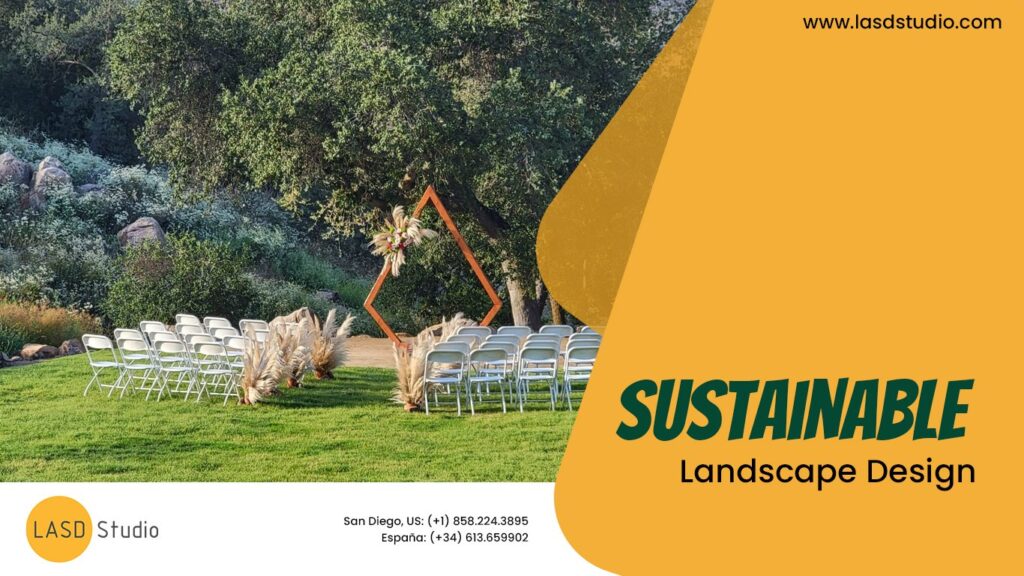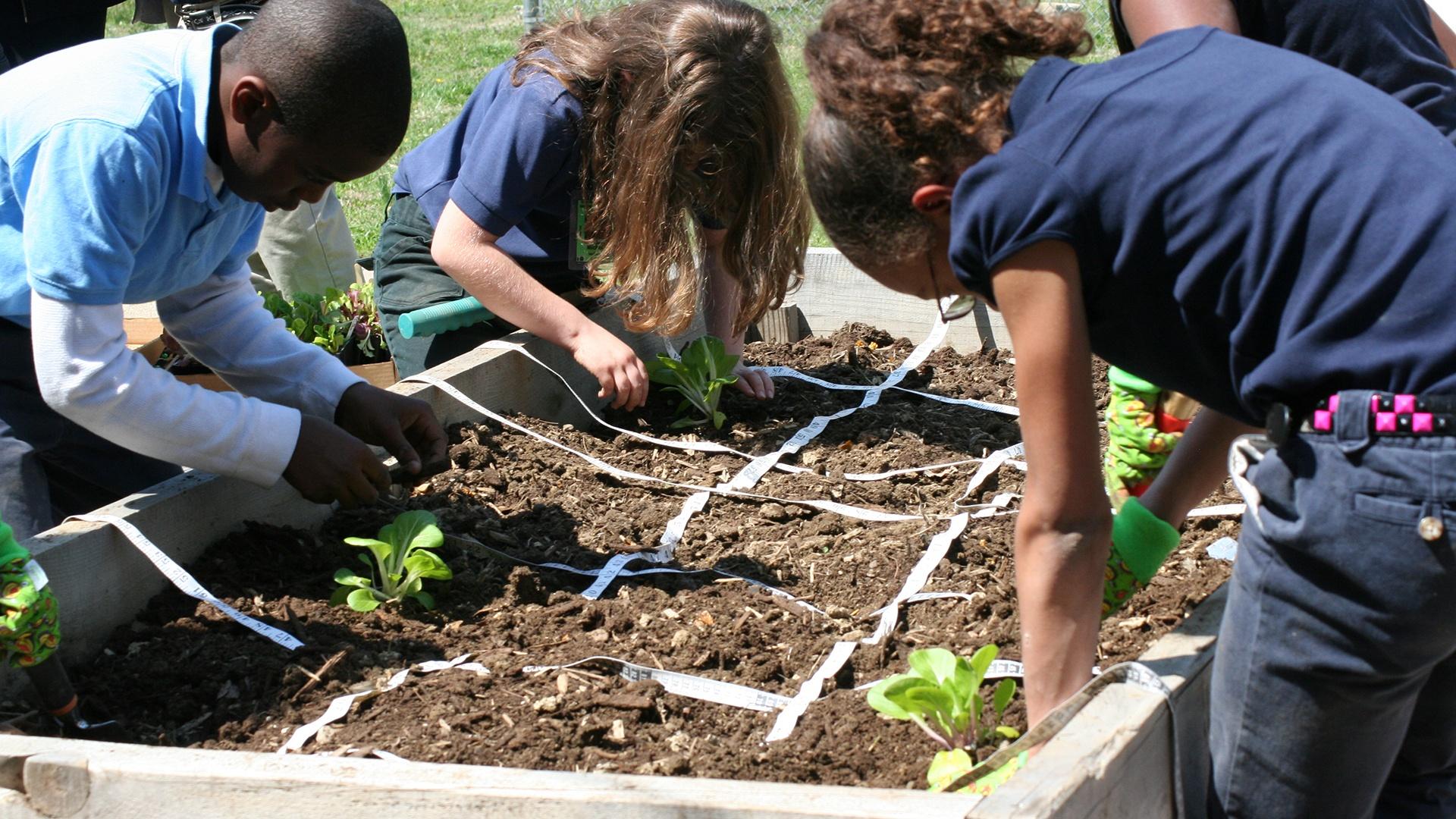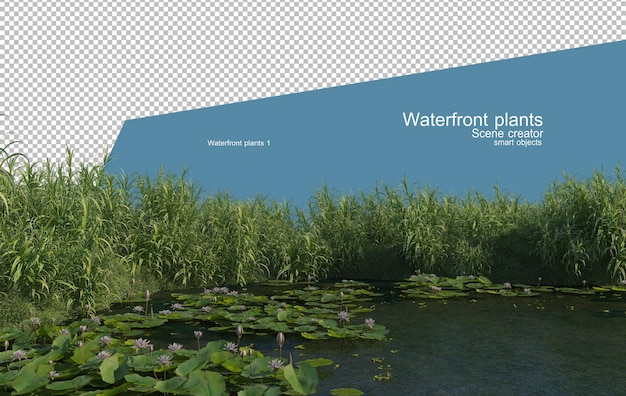
Bloom Where You’re Planted: A Deep Dive into Sustainable Landscape Design Courses
The world is changing, and with it, our relationship with the environment. We’re becoming increasingly aware of the impact our actions have on the planet, and this awareness is driving a shift towards more sustainable practices in all aspects of life. One area where this is particularly evident is in landscape design. Gone are the days when landscaping was solely about aesthetics; today, it’s about creating beautiful, functional, and environmentally responsible spaces. This is where sustainable landscape design courses come in, offering the knowledge and skills needed to create landscapes that thrive while minimizing their impact on the planet.
If you’re passionate about the environment, have a creative flair, and enjoy working outdoors, a career in sustainable landscape design might be the perfect fit for you. But where do you start? This comprehensive guide will delve into the world of sustainable landscape design courses, exploring the benefits of taking such courses, the different types available, what you can expect to learn, and how to choose the right course for your goals. We’ll also look at the career paths you can pursue after completing a course and the resources available to help you succeed.
Why Choose Sustainable Landscape Design?
Before we dive into the courses, let’s explore why sustainable landscape design is so important. Traditional landscaping often relies on practices that can be detrimental to the environment, such as excessive water usage, the use of harmful chemicals, and the introduction of invasive species. Sustainable landscape design, on the other hand, takes a holistic approach, considering the entire ecosystem and aiming to create landscapes that:
- Conserve Water: By using drought-tolerant plants, efficient irrigation systems, and rainwater harvesting techniques.
- Reduce Chemical Use: By avoiding pesticides and herbicides and using organic methods to manage pests and diseases.
- Protect Biodiversity: By planting native species that support local wildlife and create habitats.
- Minimize Waste: By using recycled materials, composting, and reducing the need for fertilizers.
- Enhance Environmental Quality: By improving air and water quality, reducing erosion, and mitigating the effects of climate change.
In essence, sustainable landscape design is about creating beautiful, healthy, and resilient landscapes that benefit both people and the planet. It’s a rewarding field that allows you to combine your creativity with your passion for the environment.
Benefits of Taking a Sustainable Landscape Design Course
Enrolling in a sustainable landscape design course offers a multitude of benefits, whether you’re a seasoned professional looking to update your skills or a complete beginner eager to start a new career. Here are some of the key advantages:
- Gain Specialized Knowledge: Courses provide in-depth knowledge of sustainable design principles, techniques, and materials, covering topics such as soil health, water conservation, plant selection, and ecological design.
- Develop Practical Skills: You’ll learn practical skills such as site analysis, design planning, planting design, irrigation design, and construction techniques. Many courses include hands-on projects and field trips to provide real-world experience.
- Stay Up-to-Date: The field of sustainable landscape design is constantly evolving. Courses help you stay current with the latest trends, technologies, and best practices.
- Increase Your Career Opportunities: A certificate or degree in sustainable landscape design can significantly enhance your career prospects, opening doors to a wide range of job opportunities in landscape architecture, design, and management.
- Boost Your Earning Potential: Professionals with specialized knowledge and skills in sustainable design often command higher salaries.
- Build a Professional Network: Courses provide opportunities to connect with other professionals in the field, including instructors, guest speakers, and fellow students, expanding your network and opening doors to collaborations and job opportunities.
- Make a Positive Impact: By learning how to design and create sustainable landscapes, you can contribute to a healthier planet and help create beautiful, thriving spaces for future generations.
Types of Sustainable Landscape Design Courses
The world of sustainable landscape design education is diverse, with courses available to suit different skill levels, interests, and time commitments. Here are some of the most common types of courses you can find:
Certificate Programs
Certificate programs are typically shorter than degree programs, ranging from a few weeks to a year or more. They offer focused training in specific areas of sustainable landscape design, such as permaculture, native plant landscaping, or water-wise design. These programs are ideal for individuals seeking to gain specialized skills or change careers quickly.
Associate’s Degrees
Associate’s degrees in landscape design or related fields provide a more comprehensive education, covering a broader range of topics, including design principles, plant identification, construction techniques, and business management. These programs typically take two years to complete and can serve as a stepping stone to a bachelor’s degree.
Bachelor’s Degrees
Bachelor’s degrees in landscape architecture or related fields offer a more in-depth education, covering all aspects of landscape design, including site planning, design theory, construction documentation, and project management. These programs typically take four years to complete and are often required for licensure as a landscape architect.
Master’s Degrees
Master’s degrees in landscape architecture or related fields are designed for individuals who want to specialize in a particular area of sustainable design, such as ecological design, urban design, or climate-resilient design. These programs typically take two to three years to complete and require a bachelor’s degree.
Online Courses
Online courses offer a flexible and convenient way to learn about sustainable landscape design. They range from short introductory courses to comprehensive certificate programs. Online courses can be a good option for individuals who have busy schedules or live in areas where in-person courses are not readily available.
Workshops and Seminars
Workshops and seminars provide focused training on specific topics, such as permaculture design, edible landscaping, or rainwater harvesting. These short-term programs are a great way to gain practical skills and learn from experienced professionals.
What You’ll Learn in a Sustainable Landscape Design Course
The curriculum of a sustainable landscape design course will vary depending on the type of program and the specific focus. However, you can expect to learn about a wide range of topics, including:
- Sustainable Design Principles: Understanding the principles of ecological design, including site analysis, water conservation, energy efficiency, and the use of sustainable materials.
- Plant Identification and Selection: Learning to identify plants, understand their growing requirements, and select appropriate plants for specific site conditions and purposes, with an emphasis on native and drought-tolerant species.
- Soil Science: Understanding soil composition, soil health, and soil management techniques, including composting, mulching, and amending soil.
- Water Management: Learning about water conservation techniques, such as rainwater harvesting, greywater systems, and efficient irrigation design.
- Permaculture Design: Understanding the principles of permaculture and how to apply them to create sustainable landscapes that mimic natural ecosystems.
- Hardscape Design: Learning about the design and construction of hardscape elements, such as patios, walkways, walls, and fences, using sustainable materials and techniques.
- Construction Techniques: Learning about construction methods, including grading, drainage, and planting techniques.
- Design Software: Learning to use computer-aided design (CAD) software and other design tools to create landscape plans and visualizations.
- Business and Professional Practices: Learning about business management, marketing, and professional ethics for landscape designers.
Choosing the Right Sustainable Landscape Design Course
With so many courses available, choosing the right one can feel overwhelming. Here are some factors to consider when making your decision:
- Your Goals: What do you hope to achieve by taking the course? Are you looking to change careers, gain specialized skills, or simply learn more about sustainable landscaping?
- Your Experience Level: Are you a beginner, or do you have some experience in landscaping or design? Choose a course that matches your skill level.
- Your Time Commitment: How much time can you dedicate to the course? Consider the length of the program, the number of hours per week required, and the schedule of classes or online modules.
- Your Budget: How much are you willing to spend on the course? Consider the tuition fees, the cost of materials, and any other expenses.
- Course Content: Does the course cover the topics that interest you and align with your goals? Review the course syllabus and curriculum to ensure it meets your needs.
- Instructor Qualifications: Are the instructors experienced professionals with expertise in sustainable landscape design? Look for courses taught by licensed landscape architects, certified permaculture designers, or other qualified experts.
- Accreditation: Is the course accredited by a recognized organization? Accreditation can be an indicator of quality and can be important if you’re seeking a degree or certificate that will be recognized by employers.
- Location and Format: Do you prefer an in-person course or an online course? Consider the location, schedule, and format of the course to ensure it fits your needs.
- Reviews and Testimonials: Read reviews and testimonials from past students to get an idea of the course quality and the instructor’s teaching style.
By carefully considering these factors, you can find a sustainable landscape design course that is right for you.
Career Paths in Sustainable Landscape Design
Completing a sustainable landscape design course can open doors to a wide range of career opportunities. Here are some of the most common career paths:
- Landscape Architect: Landscape architects design and plan outdoor spaces, including parks, gardens, and public spaces. They often specialize in sustainable design and work to create environmentally responsible landscapes. A license is typically required for this role.
- Landscape Designer: Landscape designers create landscape plans and oversee the installation of landscape projects. They may work for landscape design firms, nurseries, or homeowners.
- Permaculture Designer: Permaculture designers apply permaculture principles to design and create sustainable landscapes that mimic natural ecosystems.
- Horticulturist: Horticulturists specialize in the cultivation of plants. They may work in nurseries, botanical gardens, or private gardens.
- Landscape Contractor: Landscape contractors install and maintain landscape projects. They may specialize in sustainable landscaping techniques, such as water-wise landscaping or native plant landscaping.
- Urban Planner: Urban planners develop plans for the development of cities and towns. They may incorporate sustainable landscape design principles into their plans.
- Environmental Consultant: Environmental consultants provide expertise on environmental issues, including sustainable landscape design. They may work for government agencies, consulting firms, or private companies.
- Sustainability Specialist: Sustainability specialists work to promote sustainable practices in various industries, including landscape design.
- Arborist: Arborists specialize in the care of trees. They may work for landscape companies, tree care companies, or government agencies.
- Garden Designer: Garden designers create and maintain gardens for private clients or public spaces.
The specific career path you choose will depend on your interests, skills, and qualifications. However, a sustainable landscape design course can provide you with the knowledge and skills needed to succeed in a variety of rewarding careers.
Resources for Sustainable Landscape Design
The world of sustainable landscape design is rich with resources to support your learning and career journey. Here are some valuable resources to explore:
- Professional Organizations: Join professional organizations such as the American Society of Landscape Architects (ASLA), the Association of Professional Landscape Designers (APLD), and the Permaculture Association to connect with other professionals, access resources, and stay up-to-date on industry trends.
- Government Agencies: Explore resources from government agencies such as the Environmental Protection Agency (EPA), the Department of Agriculture (USDA), and local conservation districts. These agencies offer information on sustainable practices, funding opportunities, and educational programs.
- Books and Publications: Read books and publications on sustainable landscape design, such as “Designing Sustainable Landscapes” by Jeff Gillman and “The American Horticultural Society Encyclopedia of Gardening” to deepen your knowledge and stay informed.
- Online Resources: Explore online resources such as websites, blogs, and forums dedicated to sustainable landscape design. These resources offer articles, tutorials, and discussions on various topics.
- Local Nurseries and Garden Centers: Visit local nurseries and garden centers to learn about native plants, sustainable gardening practices, and local resources.
- Community Gardens and Demonstration Gardens: Visit community gardens and demonstration gardens to see sustainable landscaping practices in action and learn from experienced gardeners.
- Workshops and Conferences: Attend workshops and conferences on sustainable landscape design to learn from experts, network with other professionals, and stay up-to-date on industry trends.
- Continuing Education: Consider pursuing continuing education courses and certifications to enhance your skills and stay competitive in the job market.
By utilizing these resources, you can continue to learn and grow in the field of sustainable landscape design.
Conclusion: Planting the Seeds for a Sustainable Future
Sustainable landscape design is more than just a trend; it’s a vital response to the urgent need for environmental stewardship. By choosing to pursue a sustainable landscape design course, you’re not just learning a new skill; you’re becoming part of a movement to create a healthier, more resilient planet. You’re empowering yourself with the knowledge and skills to design landscapes that conserve water, protect biodiversity, and enhance the quality of life for both people and the environment.
Whether you’re a seasoned professional looking to expand your expertise or a passionate beginner eager to make a difference, the world of sustainable landscape design offers a wealth of opportunities. With the right education, dedication, and a commitment to sustainable practices, you can flourish in this rewarding field and contribute to a greener future. So, take the plunge, explore the available courses, and start planting the seeds for a sustainable future. Your journey to a greener world begins now!


